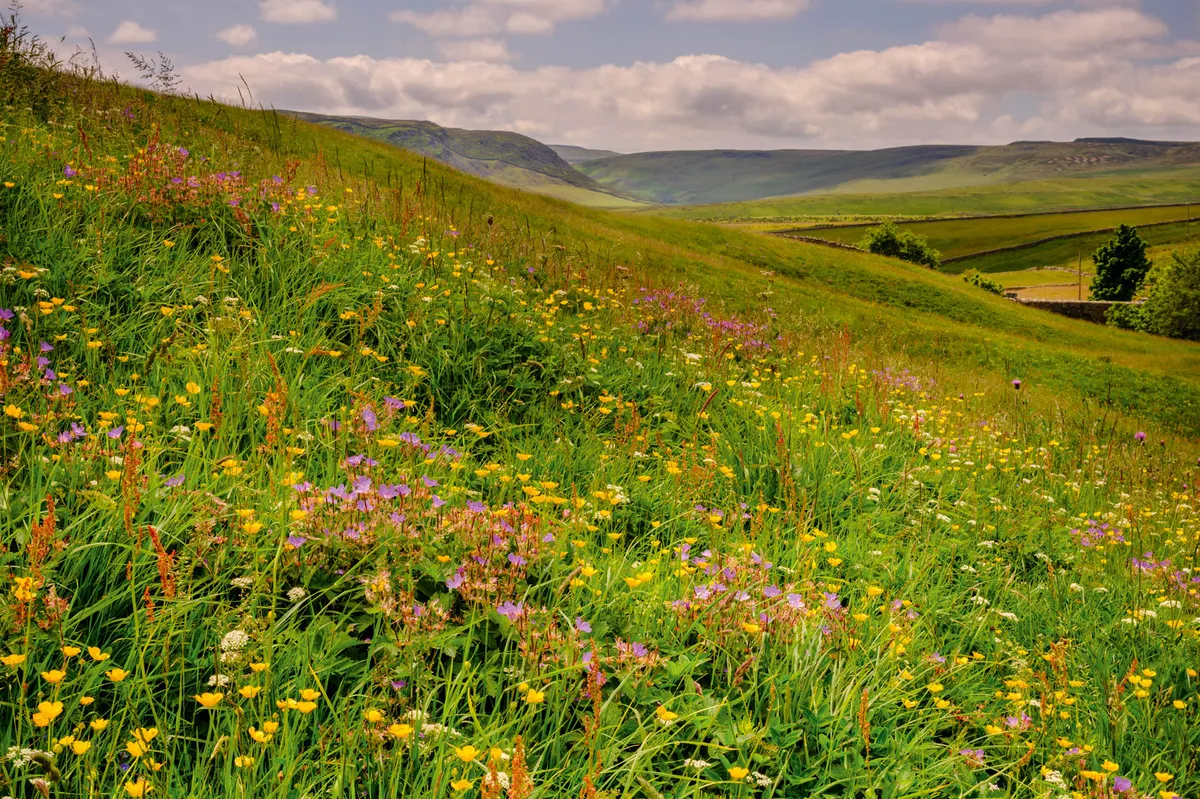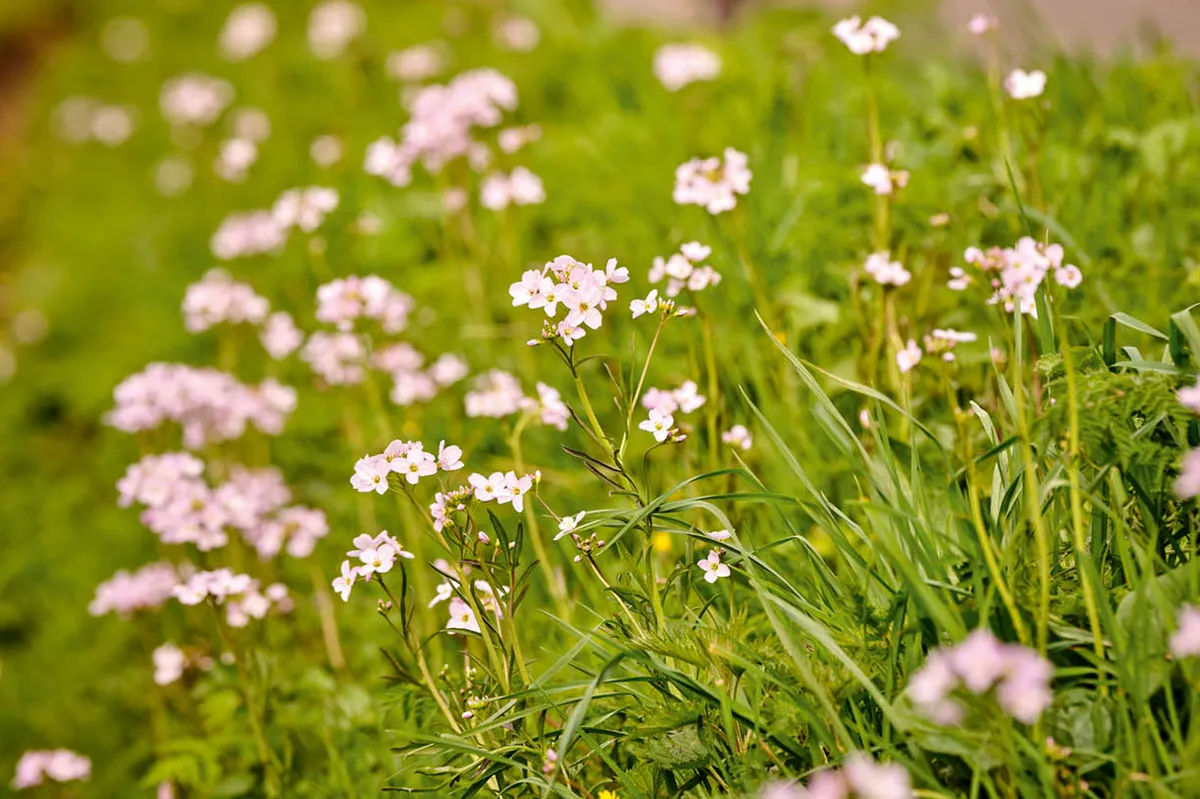Verges are among some of the UK’s richest habitats, supporting more than 700 species of wildflower – that’s nearly half of our total flora. Keith Datchler OBE is passionate about the virtues of leaving these roadside verges untouched.
How biodiverse are our roadside verges?
Having spent my entire working life in farming, several decades of it meadow-orientated, I did not think roadside verges would become a part of my life, but they have. I am a meadow nut – my wife says if I were cut in half, I would have the word ‘meadows’ written through me like letters in a stick of rock. Increasingly, the push to save existing meadows, and create more species-rich, biodiverse grassland, has gathered pace. Thank heavens – they are basic in the story of human life, in ways people are only beginning to understand.

Wheat, barley, oats, rye, rice and maize, are all staples to our existence, and all types of grass. We need to feed ourselves, and farms and farmers always rise to that challenge. Not all farms can turn over large areas of land to conservation alone, although a sympathetic approach is rising in popularity. Thankfully, schemes – which come and go – offer support to farmers if they embrace conservation. With this in mind, and the realisation that the surviving pockets of intense biodiverse grassland themselves are fragmented, what to do? Obviously, look at land capable of supplying, or that might already be supplying, natural diversity. What is this and where is it? Parks, gardens, churchyards and other public green spaces are an obvious place to start – and roadside verges: all 200,000 hectares of them.

Roadsides, although mostly strips of grass, are everywhere. They are in the public view, linear and connective throughout the nation. I can hear the thinking: “But they are individually so small there’s nothing of them.” However, collectively they represent a simply massive land holding, and not a hectare of it used for food production. Therefore the impact on our agroeconomy is zero, the potential to increase diversity gigantic. All in the public domain. Roadside verges are connective in the public eye and representative of every local soil type, geology and elevation. Plus, as they have sat outside of agriculture, many represent fragments of meadow or the last stronghold of a species – be that plant or insect.

The majority view is that short green grass is neat and tidy, a reflection of civic pride and care. ‘Tidy’ is a curse of nature. What is wrong with ‘beautiful’? Long grass blowing in the wind, the tapestry of colour, banks alive with ox-eye daisies and knapweed or even buttercups. Even in winter, brown grass stalks covered in hoar frost or dripping with morning dew… it is a question of perception.
‘Tidy’ is a curse of nature
Until councils had flail mowers, strimmers and petrol mowers, we had natural roadsides. These produced an abundance of insects, because left to grow for their full annual life cycle, the grasses and other plants host myriad insects that also complete their life cycles.
All we have to do is stop mowing – please. Safe junctions and sightlines must be maintained, but otherwise leave verges free to nurture nature. That is a basic first step. Opportunities exist for enhancing some verges where diversity has been lost. The introduction of good local provenance wildflower seed, for instance. Roadsides are also excellent sanctuaries for rare plants. One of our rarest plants, spiked rampion, has a stronghold on a verge. Where safer for a rare plant than the verge of the M25? I would love to see roadside verges designated reserves for wildlife.
Read another extract on Scotland's machair from Iain Parkinson's book here
This is an edited extract from Meadow: The Intimate Bond Between People, Place and Plants by Iain Parkinson with photographs by Jim Holden. Through 30 first-person accounts, the book explores the intimate and complex relationship between people, place and plants which, over the centuries, has shaped the character of the British Isles. It’s published by Royal Botanic Gardens, Kew, priced £25. ISBN 978-1842467473.